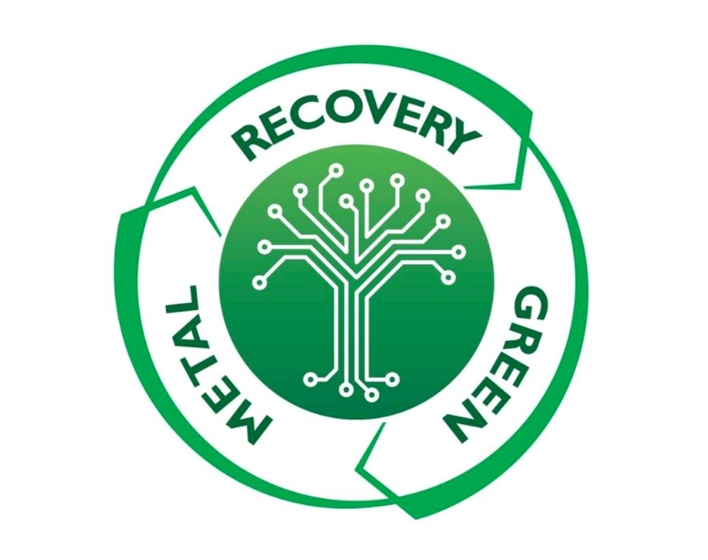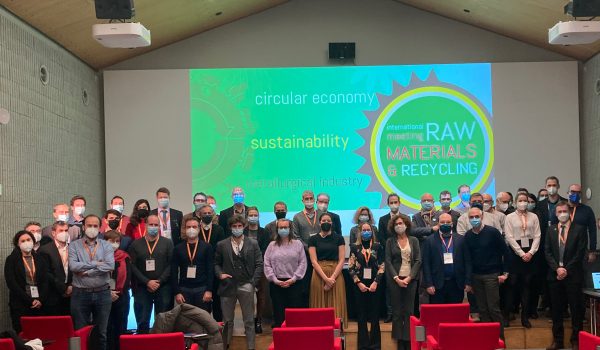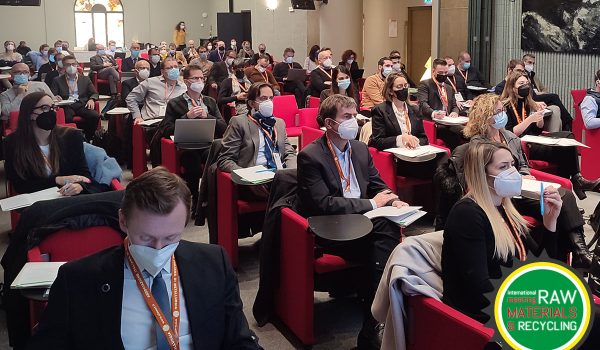 On December 2, Dr.Gian Pietro De Gaudenzi, head of HI.Lab, presented the success of the circular economy model adopted by OMCD Group.
On December 2, Dr.Gian Pietro De Gaudenzi, head of HI.Lab, presented the success of the circular economy model adopted by OMCD Group.
Hardmetals (HMs), known also as cemented carbides, are a class of composite materials that play a strategic role in modern industrial economies and wellness society. Their outstanding properties, combining hardness values higher than tool steels with ‘toughness values higher than ceramics’, made HMs the reference choice for the production of cutting and forming tools and wear resistant components in a wide variety of different applications. Currently, about two-thirds of the tungsten produced globally is employed as monocarbide, WC, to manufacture cemented tungsten carbides. Such a strategical role is confirmed by the most renowned current technological trends: HM indexable inserts are used in the manufacturing of internal combustion engines and HM dies are crucial for the blanking of silicon steel sheets used to make traction motors of hybrid/electrical vehicles.
EU classification of Tungsten and Cobalt among the Critical Raw Materials, «because the risks of supply shortage and their impacts on the economy are higher compared with most of the other raw materials», together with geopolitical issues, have highlighted the need to optimize and disseminate recovering processes of the raw material values along the whole hardmetal life cycle.
For over ten years, Dr. Marcheselli of F.I.L.M.S. S.p.A. (a company that belongs to the OMCD Group), in collaboration with Prof. Polini of Università di Roma “Tor Vergata”, Roma, Italy and, more recently, with Prof. Serpe of Università di Cagliari, Cagliari, Italy, has been implementing and continuously developing a model to maximize the use of secondary raw materials in the hardmetal production process, that nowadays allows to save about 70% of the consumption of primary raw materials.
At the moment, again in collaboration with universities, other research projects are underway to further improve this model of circular economy, with the aim of reducing the overall need for „virgin“ raw materials to less than 10%.
This work was partially funded by Italian Ministry for the Environment, Land and Sea Protection [CoWaste project, 2019]


